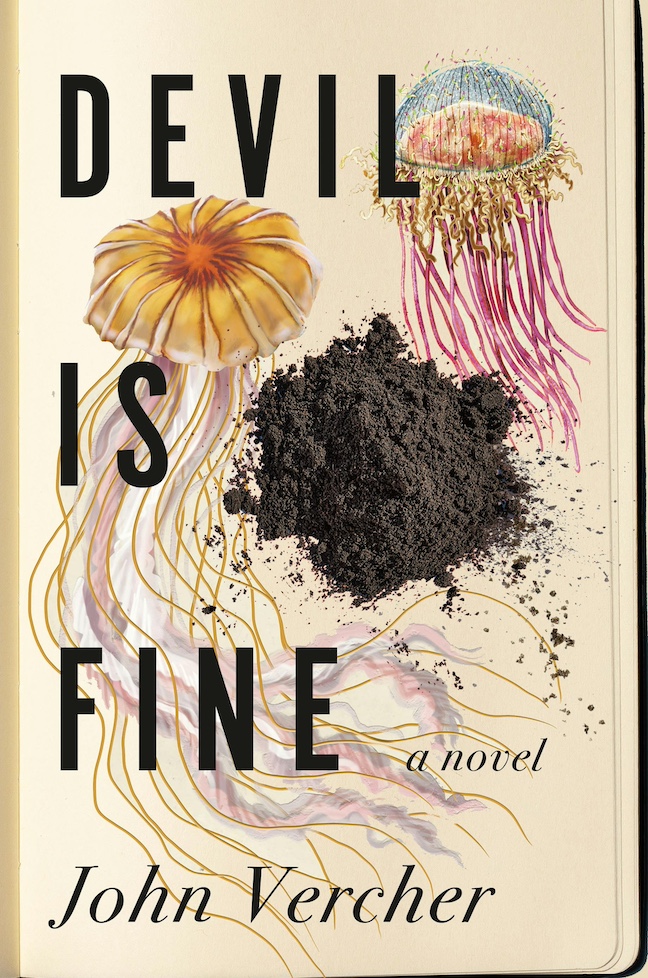“Who Do You Think You Are?”
Martha S. Jones explores the boundaries of racial identity
Long before Martha S. Jones wrote The Trouble of Color: An American Family Memoir, she was a young woman worried about her birth certificate.

At 19, Jones wanted to study abroad. She’d need a passport, of course, and that meant digging her birth certificate out of the family’s fireproof strongbox tucked in a dark corner of her mom’s bedroom.
Finding it, she saw a word that confounded what she knew about herself. That word was “white.”
“My heart raced as I frantically scanned the paper,” Jones writes. “Was this my birth certificate?”
It was.
Unsurprisingly, it said her mother was white. She knew that, having long known of her mother’s Irish and German ancestry. But it was the “white” below her own name, and her father’s, that unnerved her. He “was not, by birth-certificate terms, white at all.” And that meant neither was she.
It wasn’t the only time Jones felt misidentified. Another day, in a class on Black sociology, the head of the Black Student Union confronted her. She didn’t recall his words, but what she heard was, “Who do you think you are?” With light skin and chin-length waves, surely she wasn’t Black.
The classmate’s implied question drives Jones’ interrogation of how the idea of a “color line” has shaped her life, her family and, by extension, racial identity in America. An attorney and professor of history at Johns Hopkins University, Jones blends her academic and legal background with old letters and documents, interviews, and her own memory to make sense of the supposed boundaries between Black and white.
 Like any good family history, The Trouble of Color is full of characters we get to know — people who, she points out, understood the meaning of “colorism” long before writer Alice Walker coined the term. Notably, Jones spent childhood summers in Greensboro, North Carolina, where her grandmother Musie told stories about her own grandmother, Susan, who was born into slavery near Danville, Kentucky. Also notable are The Bishop, known for his high-ranking church position, and her father’s brother, Uncle Fuzz, an MIT professor. Jones’ grandfather, Grandy, was president of Bennett College when Uncle Fuzz and her father were children. Grandy’s high academic expectations made life difficult for Jones’ father, apparently dyslexic before the condition was understood.
Like any good family history, The Trouble of Color is full of characters we get to know — people who, she points out, understood the meaning of “colorism” long before writer Alice Walker coined the term. Notably, Jones spent childhood summers in Greensboro, North Carolina, where her grandmother Musie told stories about her own grandmother, Susan, who was born into slavery near Danville, Kentucky. Also notable are The Bishop, known for his high-ranking church position, and her father’s brother, Uncle Fuzz, an MIT professor. Jones’ grandfather, Grandy, was president of Bennett College when Uncle Fuzz and her father were children. Grandy’s high academic expectations made life difficult for Jones’ father, apparently dyslexic before the condition was understood.
Some of Jones’ relatives had interracial marriages before that was legal, a fact they contrived to hide when the census takers came around. Another relative, fresh out of college, decided to test her sense of equality by sitting in the white section of a theater, only to be asked to move. We meet Grandmother Musie again when, after her death, Jones visits a Harvard University archive where a snip of her hair is locked away. In the 1920s, an anthropologist friend had set out to disprove the theory that “hybrids” were inferior. Musie had taken part in the study, though in the archive, Jones is less interested in the study than in seeing, once more, her grandmother’s hair.
Jones looks at the color line from multiple angles. She has a sharp eye for detail, finding clues in places like an old address book and reading letters for nuance as much as information. One chapter, titled “Passing,” explores how being light enough to pass for white during the Jim Crow era enabled some relatives to move around more freely — trying on hats in high-end department stores while darker relatives had to stay home. Another chapter, “Integration,” explores her father’s experience during and after World War II. And yet this book is about something far more complex than the familiar terms we’ve historically used to discuss race. By exploring her classmate’s implied question — “Who do you think you are? — Jones somehow upends the question itself, making the very idea of a color line seem baffling and mirage-like.
Unsure what to make of the birth certificate, 19-year-old Jones asked her mother, who reminded her that fathers in the late 1950s were relegated to hospital waiting rooms. At first, that explained it. The doctor must have seen a white mother and fair-skinned baby and ticked off “white” for the father, too. Then she realized she’d been delivered by an eminent Black physician her parents knew well. He’d made a choice.

Jane Marcellus is a Tennessee writer whose work includes critical analysis, journalism, and essays. She taught most recently at the University of Mississippi.




